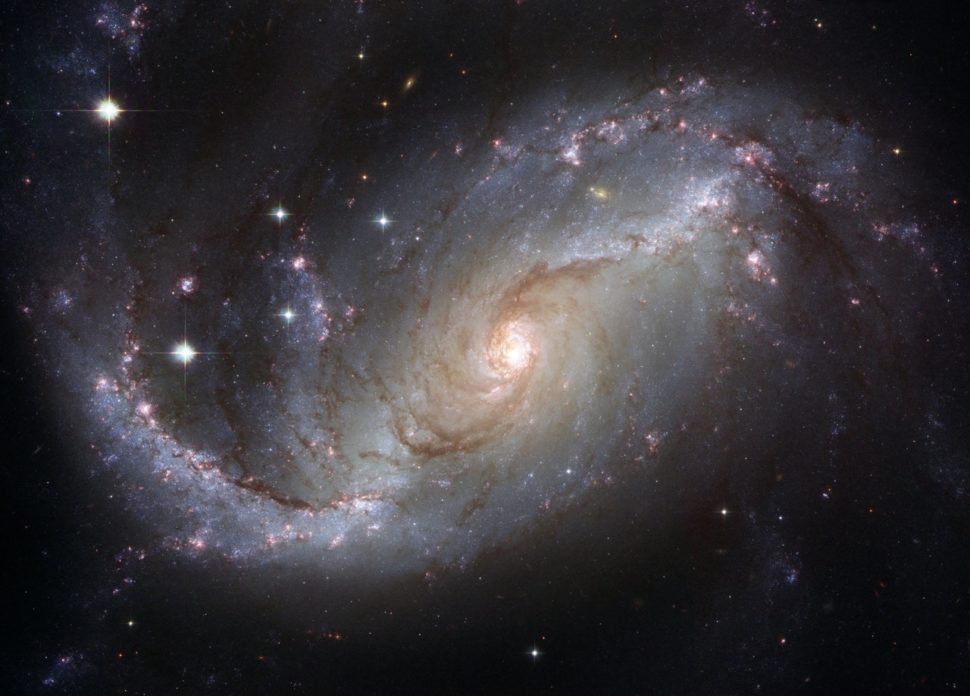There’s a point of no return beyond which matter is forever lost inside a black hole. Within the boundaries of the event horizon, no escape from the gravitational pull is ever possible. But, that doesn’t make a black hole a one-way cosmic door.
Due to their nature, the best way for astrophysicists to study black holes is through observing their environment.
Black holes expel particles as bright beams that travel through space at nearly the speed of light, up to millions of light years away.
Black hole plasma jets have long puzzled scientists who couldn’t explain how they form, until now.
Plasma Jets “Steal” Energy
Scientists believe these plasma jets allow spinning black holes to release some of the pent-up energy they trap as they spin swallowing matter.
But how does this phenomenon happen?
Thanks to the work of a research team from the University of California at Berkeley, and the DoE’s Lawrence Berkeley National Laboratory, we now have an answer.
“How can the energy in a black hole’s rotation be extracted to make jets?” Berkeley Lab’s Kyle Parfrey, lead author of the paper, said in a newsletter. “This has been a question for a long time.”
The team used a supercomputer at NASA Ames Research Center in Mountain View to conduct their simulations.
To simulate plasma jets, they united two “decades-old theories to provide new insight about the driving mechanisms in the plasma jets that allow them to steal energy from black holes’ powerful gravitational fields and propel it far from their gaping mouths.”
The first theory, known as the Blandford-Znajek process, explains how electrical currents surrounding black holes distort the magnetic fields to form plasma jets.
The second one, the Penrose mechanism, concerns negative-energy particles crossing a black hole’s event horizon and how they would appear to a distant observer.
Read More: New Research Sheds Light on Black Hole Fountains
Now, scientists know that these two theories work better together and provide new insights into the physics of plasma jets.
Commenting on Parfrey’s teamwork, Robert Penna, an astrophysicist at Columbia University, who wasn’t involved in the study, said:
“The results of the new simulations are not radically different from the those of the old GRMHD simulations, which is, in some sense, reassuring. However, Parfrey et al. uncover some interesting and novel behavior. For example, they find a large population of particles whose relativistic energies are negative, as measured by an observer far from the black hole. When these particles fall into the black hole, the black hole’s total energy decreases.”
To compare their simulations and tune their models, the team is now waiting for black hole observations, like those anticipated from the Event Horizon Telescope.



















Comments (0)
Most Recent